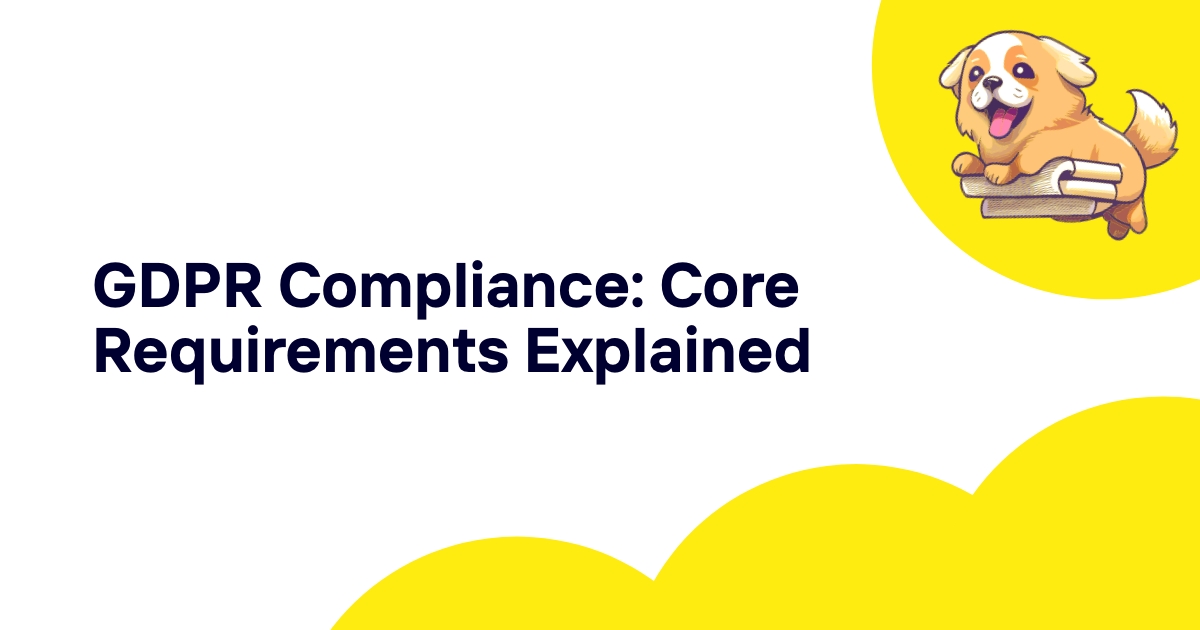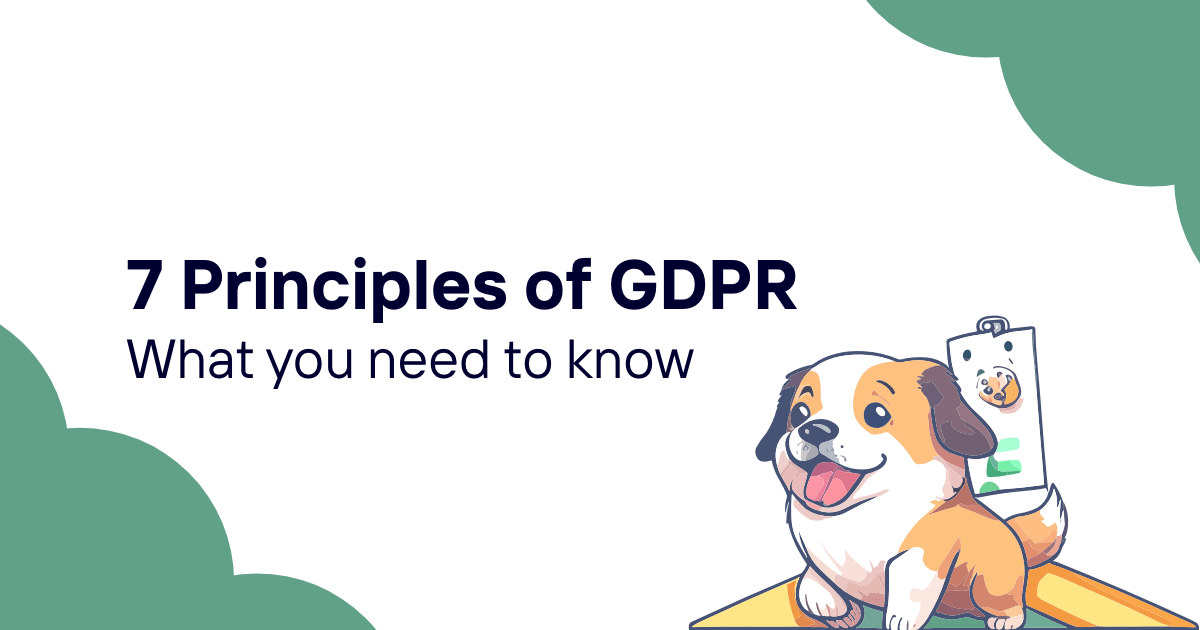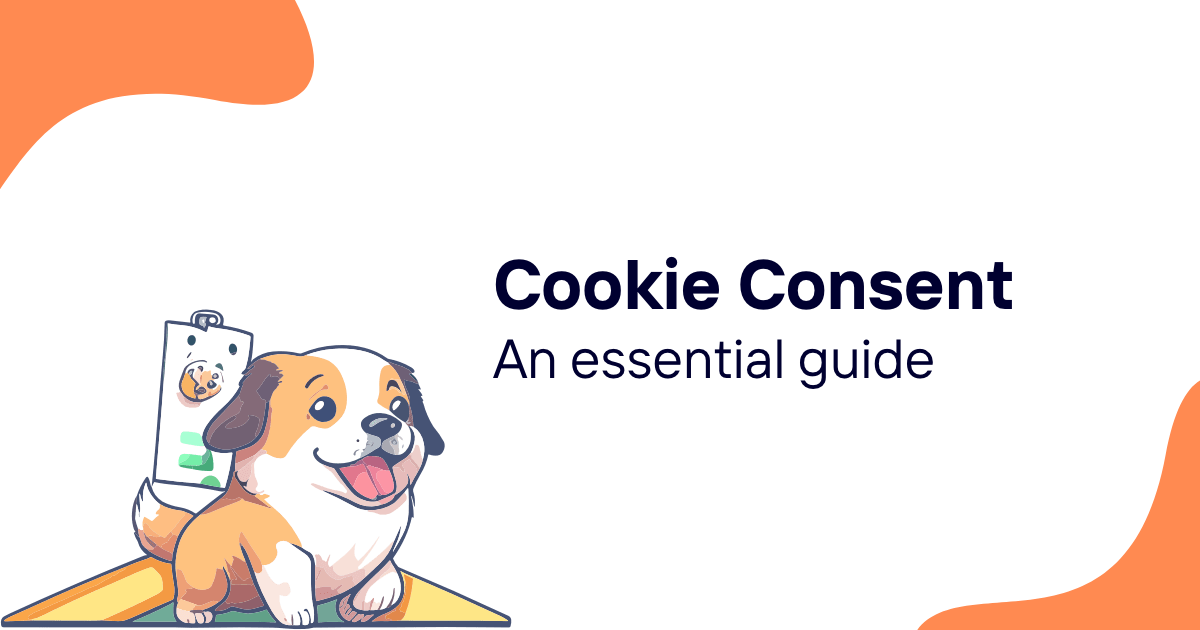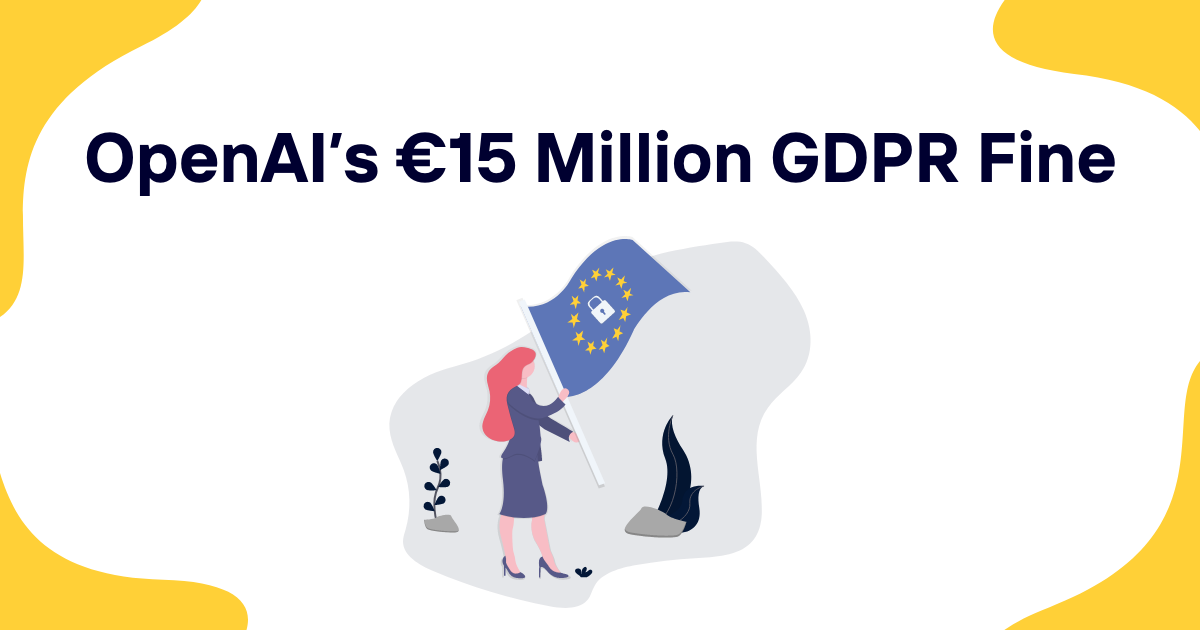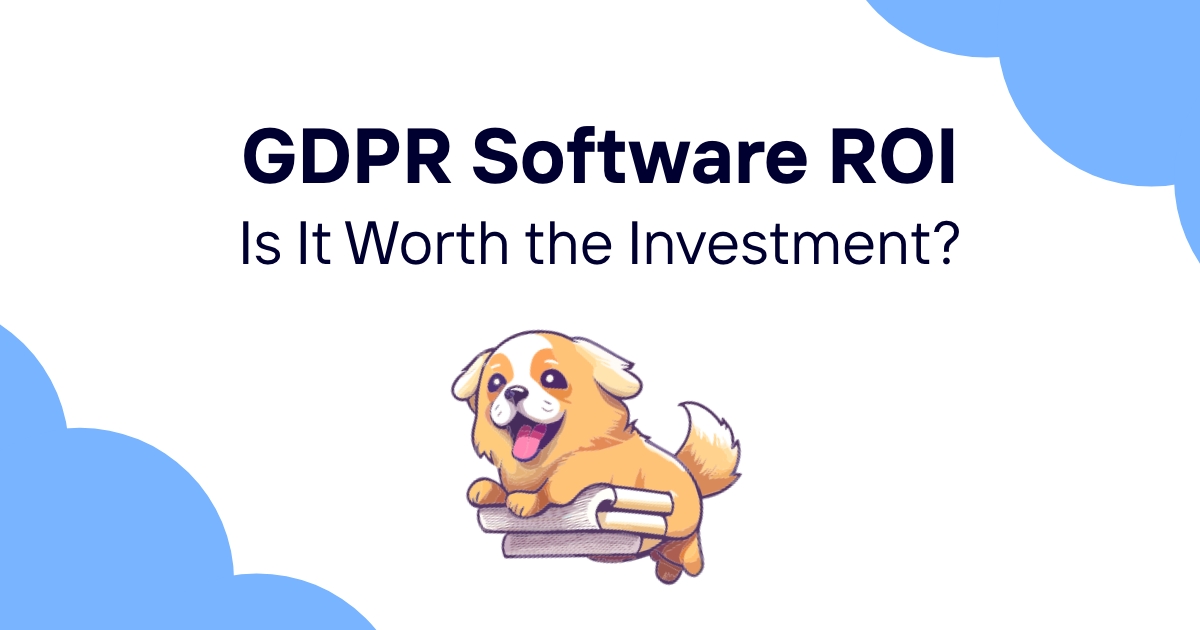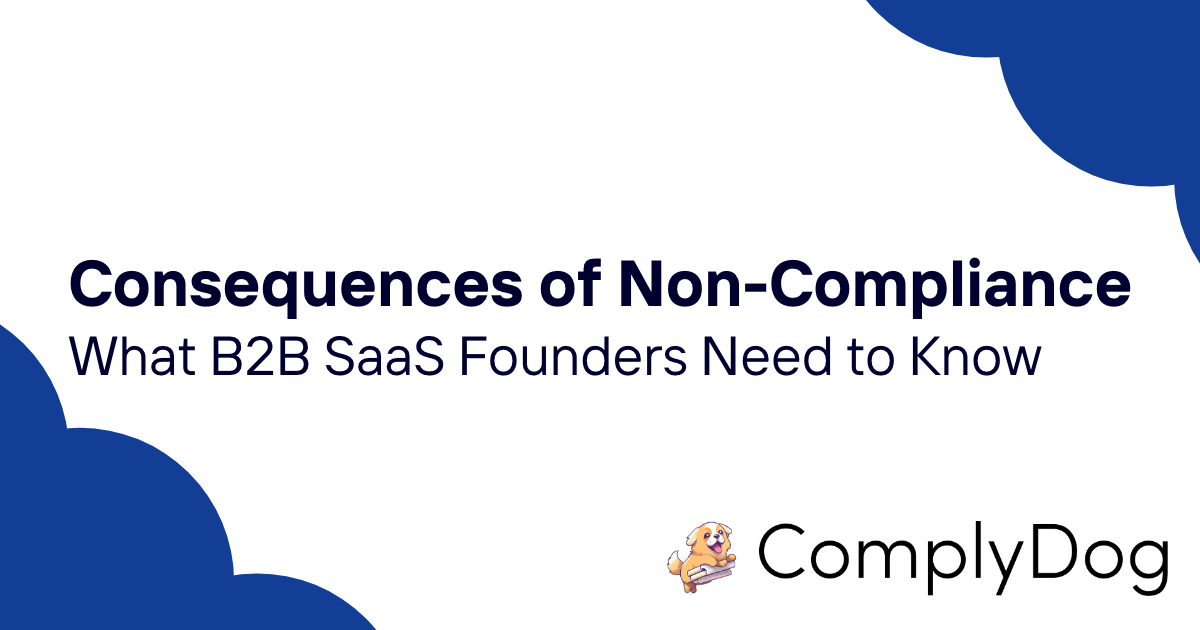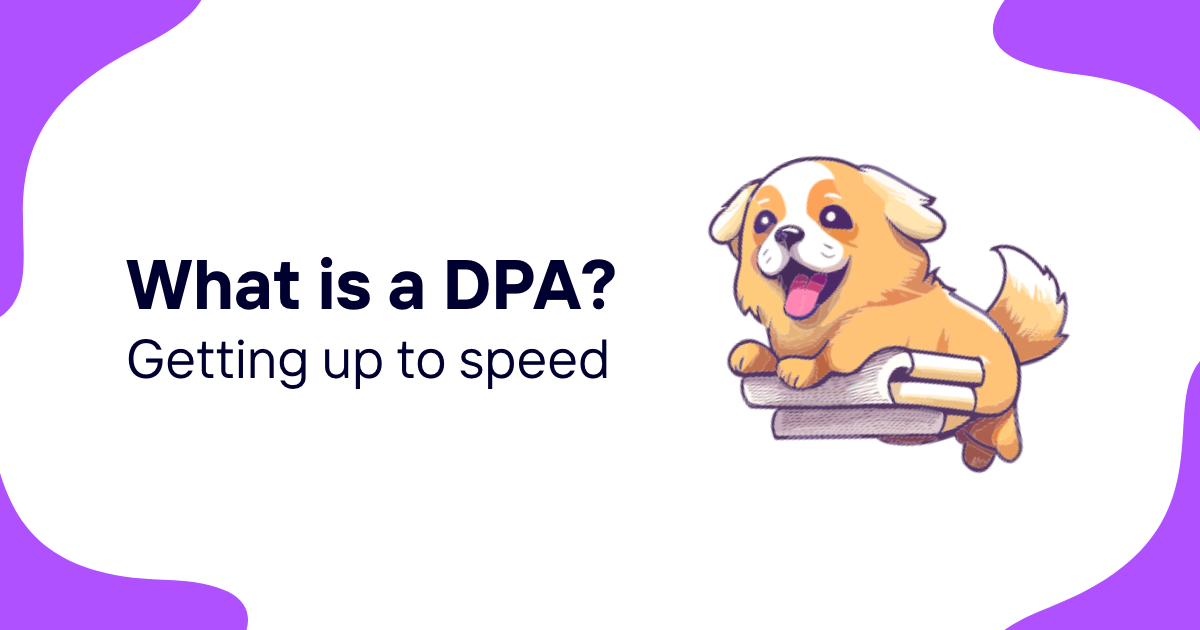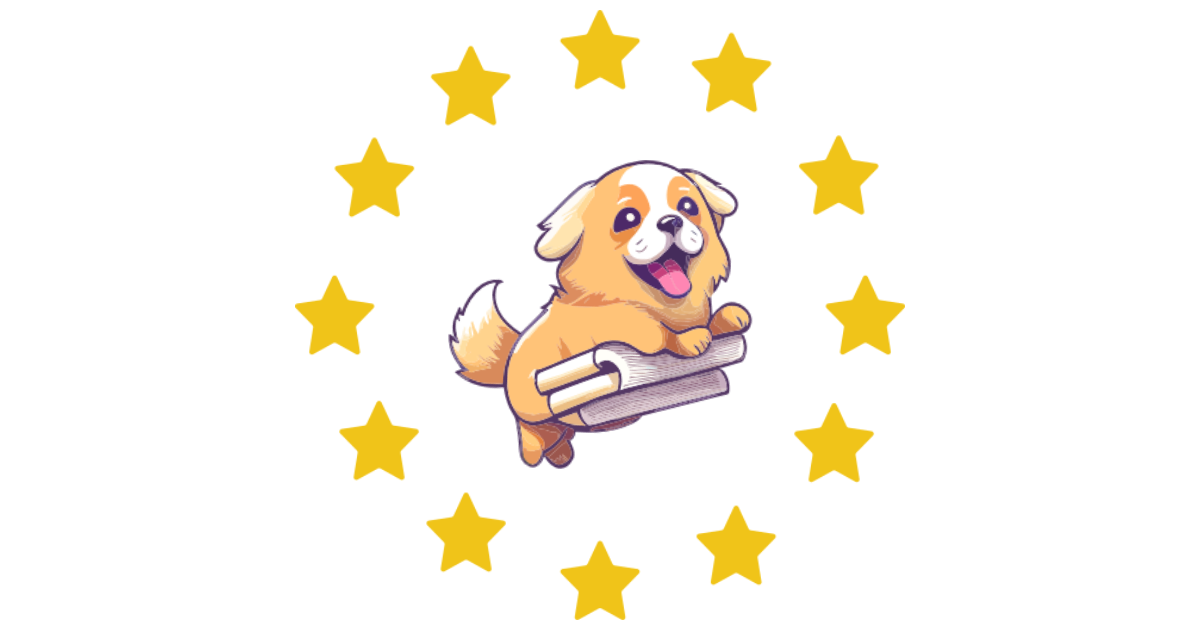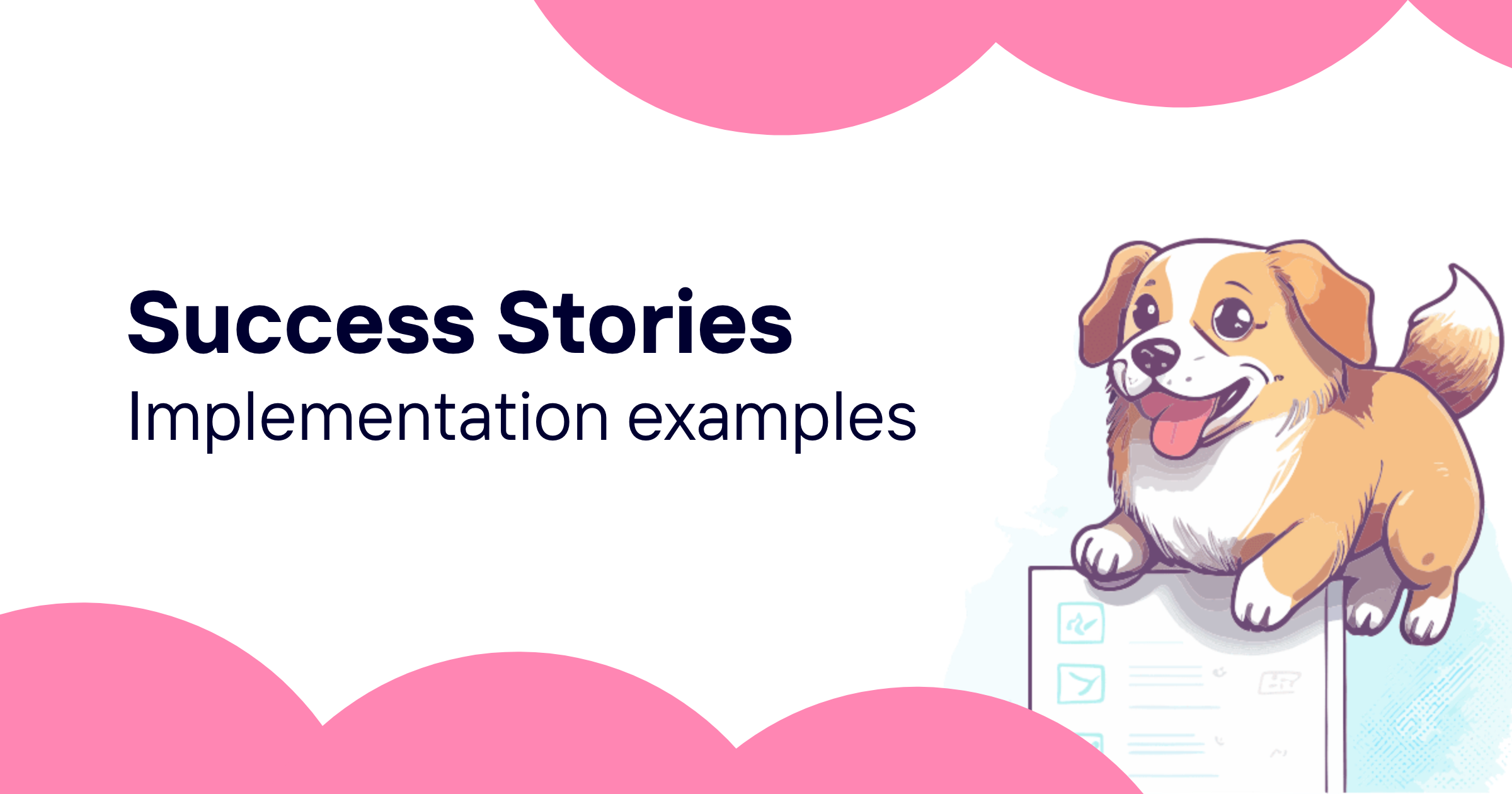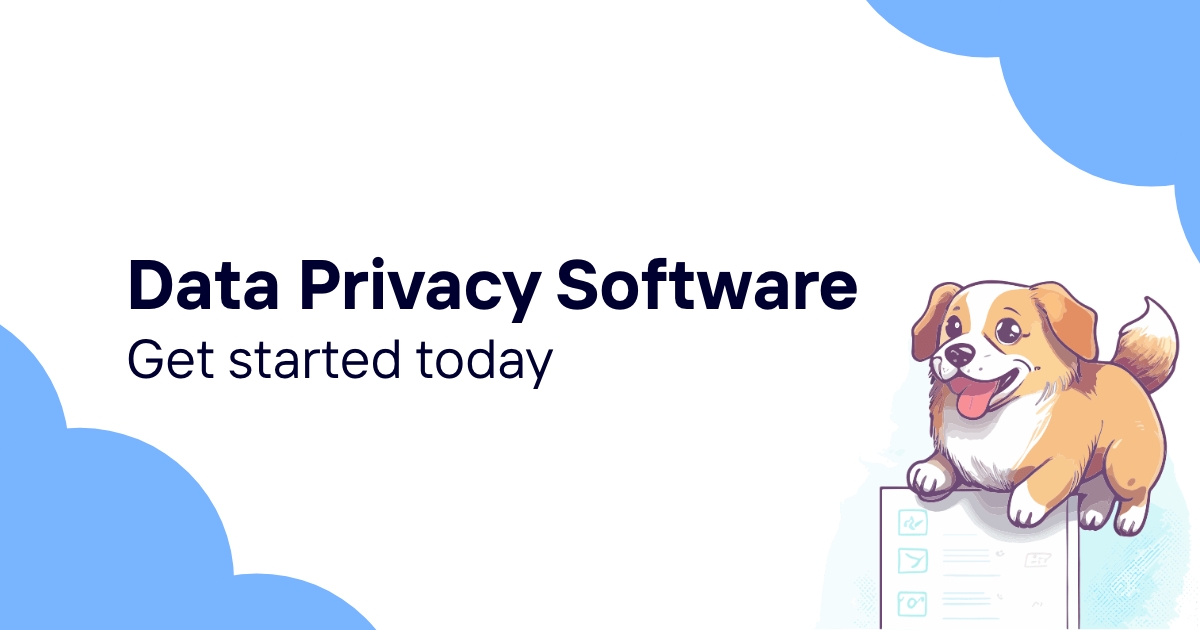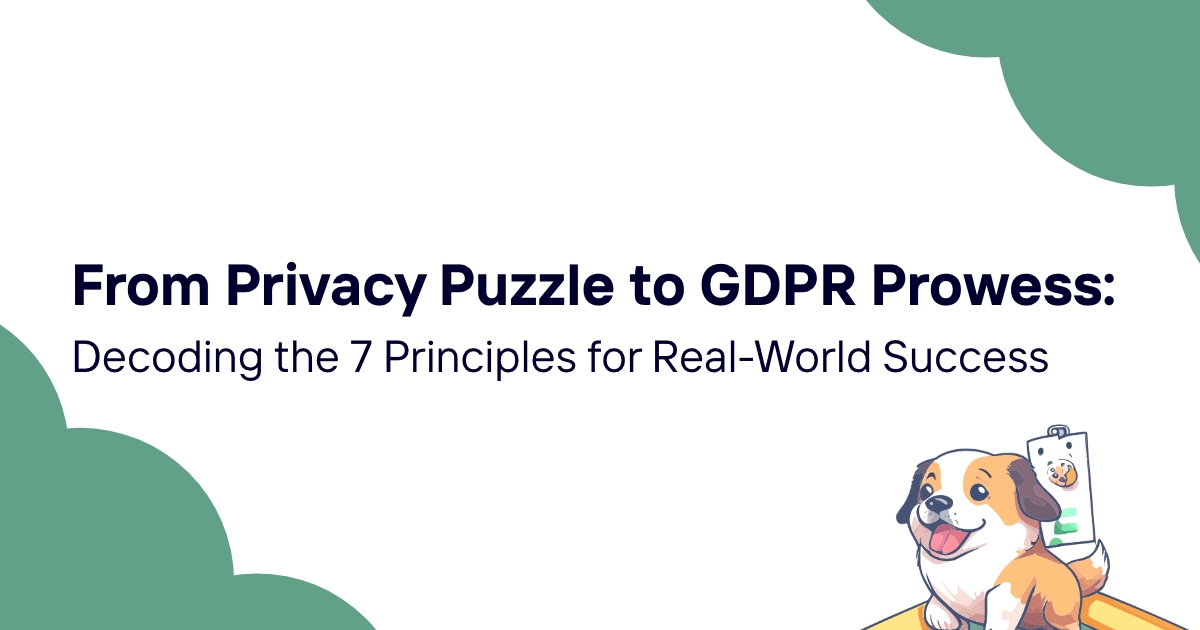GDPR compliance can seem daunting, but understanding the core requirements is key. This article breaks down the essential elements businesses need to address to meet GDPR standards and protect user data.
Table of Contents
- What is GDPR?
- Key GDPR Requirements
- Implementing GDPR Requirements
- Common GDPR Compliance Challenges
- Benefits of GDPR Compliance
- Role of Compliance Software
What is GDPR?
The General Data Protection Regulation (GDPR) is a comprehensive data protection law that went into effect in the European Union in 2018. It aims to give individuals greater control over their personal data and harmonize data privacy laws across Europe.
The GDPR applies to any organization that processes the personal data of EU residents, regardless of where the organization is located. This broad scope means many businesses worldwide need to comply with GDPR requirements.
Key GDPR Requirements
To achieve GDPR compliance, organizations must address several core requirements:
Lawful Basis for Processing
Organizations need a valid legal basis to collect and use personal data. The GDPR outlines six lawful bases:
- Consent
- Contract
- Legal obligation
- Vital interests
- Public task
- Legitimate interests
Organizations should carefully consider and document which lawful basis applies to their data processing activities. This forms the foundation for GDPR compliance.
Consent
When relying on consent as the lawful basis, organizations must ensure it is:
- Freely given
- Specific
- Informed
- Unambiguous
- Easy to withdraw
Gone are the days of pre-ticked boxes and bundled consents. Organizations need clear consent mechanisms that give individuals genuine choice and control.
Data Subject Rights
The GDPR grants individuals several rights regarding their personal data:
- Right to be informed
- Right of access
- Right to rectification
- Right to erasure
- Right to restrict processing
- Right to data portability
- Right to object
- Rights related to automated decision making and profiling
Organizations need processes in place to fulfill these rights in a timely manner when requested. This often requires coordination across teams and systems.
Data Protection Officer
Many organizations are required to appoint a Data Protection Officer (DPO) under GDPR. A DPO is mandatory for:
- Public authorities
- Organizations whose core activities involve large-scale systematic monitoring
- Organizations that process special categories of data on a large scale
The DPO advises on compliance, monitors adherence to GDPR, and acts as a point of contact for supervisory authorities. Even when not mandatory, designating someone to oversee data protection can be beneficial.
Data Protection Impact Assessments
For high-risk processing activities, organizations must conduct Data Protection Impact Assessments (DPIAs). A DPIA helps identify and minimize data protection risks.
Examples of when a DPIA is required:
- Systematic and extensive profiling with significant effects
- Large scale processing of special categories of data
- Large scale, systematic monitoring of public areas
DPIAs should be an ongoing process as data processing activities evolve.
Data Breach Notification
Under GDPR, organizations must report certain types of data breaches to supervisory authorities within 72 hours of becoming aware of the breach. If the breach is likely to result in a high risk to individuals' rights and freedoms, those individuals must be notified without undue delay.
This requirement emphasizes the need for robust data breach detection, investigation and internal reporting procedures.
Privacy by Design
GDPR requires data protection to be built into products and services from the earliest stages of development. This "privacy by design" approach means considering data protection implications throughout the entire lifecycle of projects and processes.
Key privacy by design principles include:
- Data minimization
- Purpose limitation
- Storage limitation
- Accuracy
- Integrity and confidentiality
- Accountability
Integrating these principles from the start helps organizations avoid costly retrofits and compliance issues down the road.
Records of Processing Activities
Organizations must maintain detailed records of their processing activities. These records should include:
- Purposes of processing
- Categories of data subjects and personal data
- Recipients of personal data
- Data transfers to third countries
- Time limits for erasure
- Security measures
Maintaining these records not only aids compliance but also provides valuable insights into data flows within an organization.
Data Transfers
GDPR places restrictions on transferring personal data outside the EU. To transfer data to a third country, one of these safeguards must be in place:
- Adequacy decision
- Appropriate safeguards (e.g. Standard Contractual Clauses)
- Binding corporate rules
- Specific derogations
Recent legal developments like the Schrems II decision have further complicated international data transfers. Organizations need to carefully assess their data flows and implement appropriate safeguards.
Data Retention and Deletion
GDPR requires that personal data be kept for no longer than necessary for the purposes for which it was collected. Organizations should establish and enforce data retention policies that align with their business needs and legal obligations.
When data is no longer needed, it should be securely deleted or anonymized. This includes data stored in backups and archives.
Implementing GDPR Requirements
Implementing these GDPR requirements involves a mix of organizational, technical, and procedural measures:
-
Data mapping and inventory: Understand what personal data you collect, where it's stored, how it's used, and who has access.
-
Policy updates: Review and update privacy policies, consent forms, and other user-facing documents to align with GDPR requirements.
-
Process development: Create processes for handling data subject requests, breach notifications, and other GDPR-mandated activities.
-
Technical controls: Implement access controls, encryption, and other security measures to protect personal data.
-
Training: Educate employees on GDPR principles and their role in ensuring compliance.
-
Vendor management: Assess and update agreements with data processors to include GDPR-required clauses.
-
Documentation: Maintain records of processing activities, DPIAs, and other compliance efforts.
-
Ongoing monitoring: Regularly review and update your compliance program as your business and regulatory landscape evolves.
Common GDPR Compliance Challenges
While striving for GDPR compliance, organizations often encounter several challenges:
-
Data discovery: Many organizations struggle to identify all the personal data they process across various systems and departments.
-
Legacy systems: Older IT systems may not have been designed with GDPR principles in mind, making compliance difficult.
-
Third-party risk: Managing the compliance of vendors and partners who process data on your behalf can be complex.
-
Cross-border data transfers: Ensuring compliant data transfers, especially in light of recent legal developments, is an ongoing challenge.
-
Balancing compliance and innovation: Organizations must find ways to meet GDPR requirements without stifling innovation and business growth.
-
Resource constraints: Smaller organizations may lack the resources and expertise to fully implement GDPR requirements.
-
Keeping up with regulatory changes: The data protection landscape continues to evolve, requiring ongoing attention and updates to compliance programs.
Benefits of GDPR Compliance
While GDPR compliance requires significant effort, it also offers several benefits:
-
Enhanced trust: Demonstrating a commitment to data protection can build trust with customers and partners.
-
Improved data management: GDPR compliance often leads to better data governance practices, benefiting the entire organization.
-
Competitive advantage: In some markets, strong data protection practices can be a differentiator.
-
Risk reduction: Compliance reduces the risk of data breaches and associated financial and reputational damage.
-
Global readiness: GDPR compliance can help prepare organizations for other data protection laws emerging worldwide.
-
Forced modernization: Compliance efforts often drive organizations to modernize legacy systems and processes.
Role of Compliance Software
Given the complexity of GDPR requirements, many organizations turn to compliance software to help manage their programs. Tools like ComplyDog offer several advantages:
-
Centralized management: Consolidate compliance activities and documentation in one place.
-
Automated workflows: Streamline processes like data subject requests and breach notifications.
-
Risk assessment: Identify and prioritize compliance gaps and risks.
-
Documentation: Generate and maintain required records and reports.
-
Updates: Stay current with regulatory changes and best practices.
-
Collaboration: Facilitate coordination across teams and departments.
-
Audit readiness: Maintain evidence of compliance efforts for audits and inquiries.
While software can't ensure compliance on its own, it can significantly reduce the administrative burden and provide structure to compliance efforts. This allows organizations to focus on the strategic aspects of data protection and privacy.
GDPR compliance is an ongoing journey, not a destination. By understanding the key requirements, implementing appropriate measures, and leveraging tools like ComplyDog, organizations can navigate the complex landscape of data protection and build trust with their users. As data becomes increasingly central to business operations, a strong GDPR compliance program is not just a legal necessity but a business imperative.
